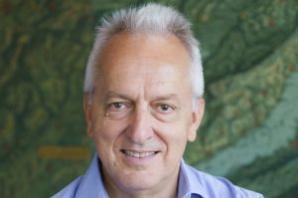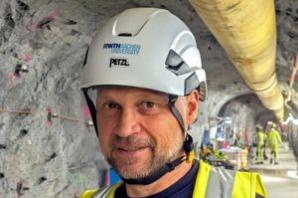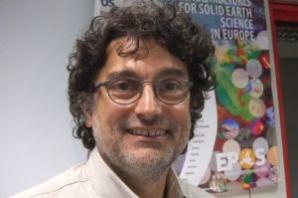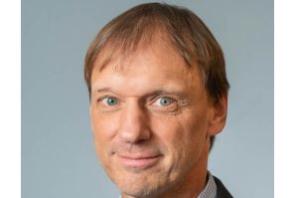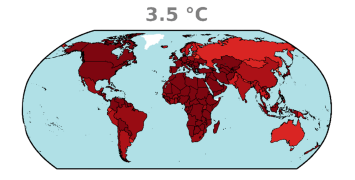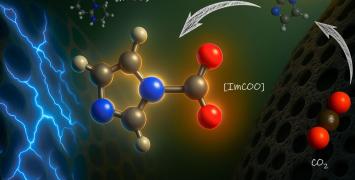Cracking the code of earthquakes - from inside the fault
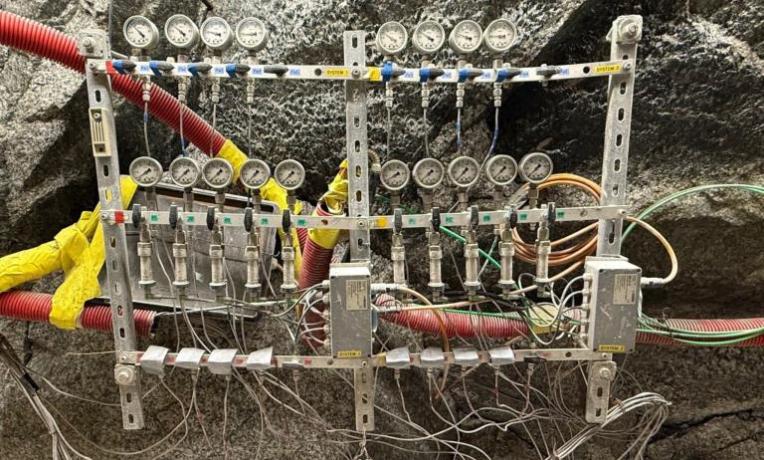
By Marcin Mońko
This bold ambition drives the FEAR project (Fault Activation and Earthquake Rupture), a € 14 million Synergy Grant funded by the European Research Council. The project brings together researchers from ETH Zurich, RWTH Aachen University, and Italy's INGV to tackle one of nature's greatest mysteries: how earthquakes form and fade.
Why go underground
Earthquakes are notoriously difficult to study. They build up silently, sometimes over centuries, and release their energy in seconds. Most occur kilometres below the surface, far beyond the reach of direct observation. For decades, seismologists were 'quake hunters': waiting for nature to deliver a big one and racing to gather data after the fact. But FEAR flips this approach. Instead of waiting, the scientists create their own earthquakes, giving them a unique opportunity to study the entire process at close distance, in real time.
‘FEAR tries to understand better how earthquakes really start, how they propagate, and how they stop,’ explains Stefan Wiemer, one of the four ERC grantees working on the project, based at ETH Zurich. In nature, he notes, ‘our challenge is that we're never close enough with sensors, because we don't know when earthquakes happen next and where, and because they are deep down in the earth. So, FEAR takes advantage of a deep tunnel, so that we can really initiate our own little earthquakes and study them in great detail.’
Florian Amann, engineering geologist at RWTH Aachen and another FEAR scientist, explains the core challenge: ‘If we want to understand earthquakes, we need sensors extremely close to where they happen. But in nature, you could wait a lifetime and never be in the right place. In FEAR, we go where we know we can trigger a tiny earthquake and measure it.’
How FEAR works
The project takes place in the Bedretto Underground Laboratory for Geosciences and Geoenergy (BedrettoLab), located more than 1,500 metres beneath the Alps. Originally built as a side tunnel during railway construction, the facility was repurposed in the late 2010s initially for geothermal energy research before becoming the home of FEAR.
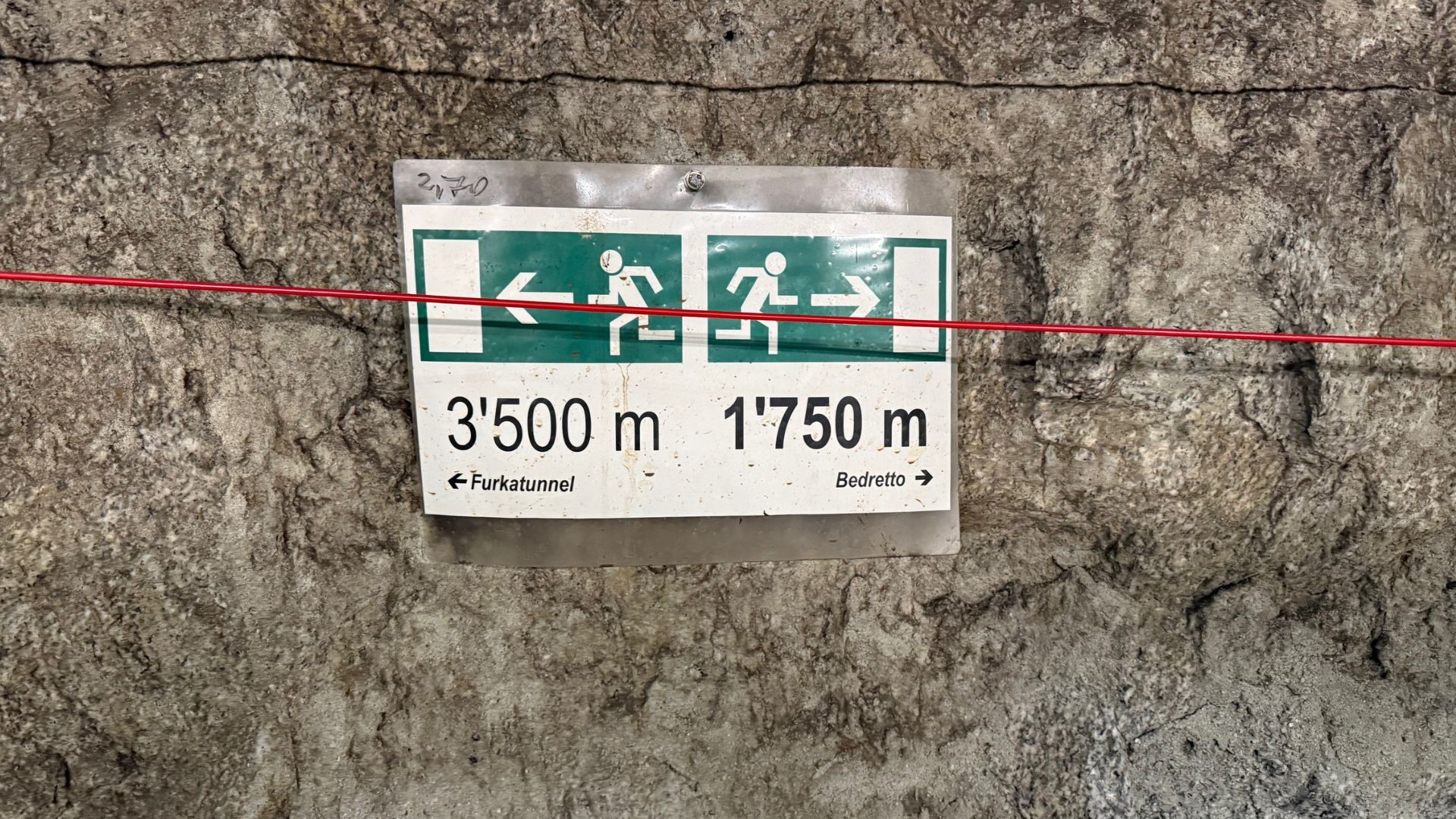
Here, researchers work alongside a carefully selected natural fault. Using hydraulic stimulation, they inject water to trigger tiny, controlled, non-damaging earthquakes - some so small they can only be detected by instruments placed mere metres away.
An exceptionally dense network of instruments, cemented in boreholes drilled to surround the fault, measures rock stress, fluid pressure, fault movement, and all possible chemical and physical parameters. By observing these processes from just a few metres away, the team can study - for the first time - the full life cycle of an earthquake, from its nucleation to its arrest.
Making earthquakes happen
The team is responsible for creating a lab and deciding the strategy for triggering the earthquakes.
‘You go down there, you drill a borehole, you cross the fault zone, you pressurise the fault, and at a certain point it has to move,’ Amann explains. ‘Every movement we are triggering in the underground has something to do with energy and energy release. In other words, a tiny little earthquake is nothing but an energy release.’
Safety, Amann emphasises, is paramount: ‘There are two opposing fears. One is, I don't get it as big as I want it, and one is, if I get it and it is running away.’ The team has implemented comprehensive safeguards: detailed pre-testing, real-time traffic-light monitoring systems, and strict exclusion zones. ‘Nobody is allowed in the tunnel during experiments or for a long time after, until the system stabilises.’
Unique in the world
FEAR operates at a scale no other laboratory can match — a fact that has drawn international attention.
‘There is no other lab in the world where you can do experiments like this’, says Domenico Giardini of ETH Zurich. The team can now control seismicity across an extraordinary range - from magnitude -5 to magnitude 1, spanning over eight units of magnitude – while monitoring everything in real time. ‘That’s has never been done before.’
Amann adds that they've consolidated knowledge from fault-slip experiments worldwide: ‘We could really consolidate the knowledge accumulated over many years. All the surprises, all those lessons learned to come up with the design of the experiment.’ The result is unprecedented temporal and spatial resolution as they ramp up from barely detectable earthquakes toward magnitude 1.
When the Earth surprises you
Despite their sophisticated control systems, nature keeps the scientists humble.
Wiemer recalls recent experiments: ‘We were conditioning the fault and succeeding in creating earthquakes of magnitude zero, but one experiment took longer than expected, and the next quake came earlier than expected. Even in our highly instrumented environment, we’re still caught off guard. That shows how much we still don’t know.’
‘Every experiment brings surprises and new knowledge,’ Amann agrees. ‘All of a sudden, you see water is coming out twenty metres away from you in the tunnel and you say, oh, there was a tiny little fluid pathway, which you couldn't see beforehand.’
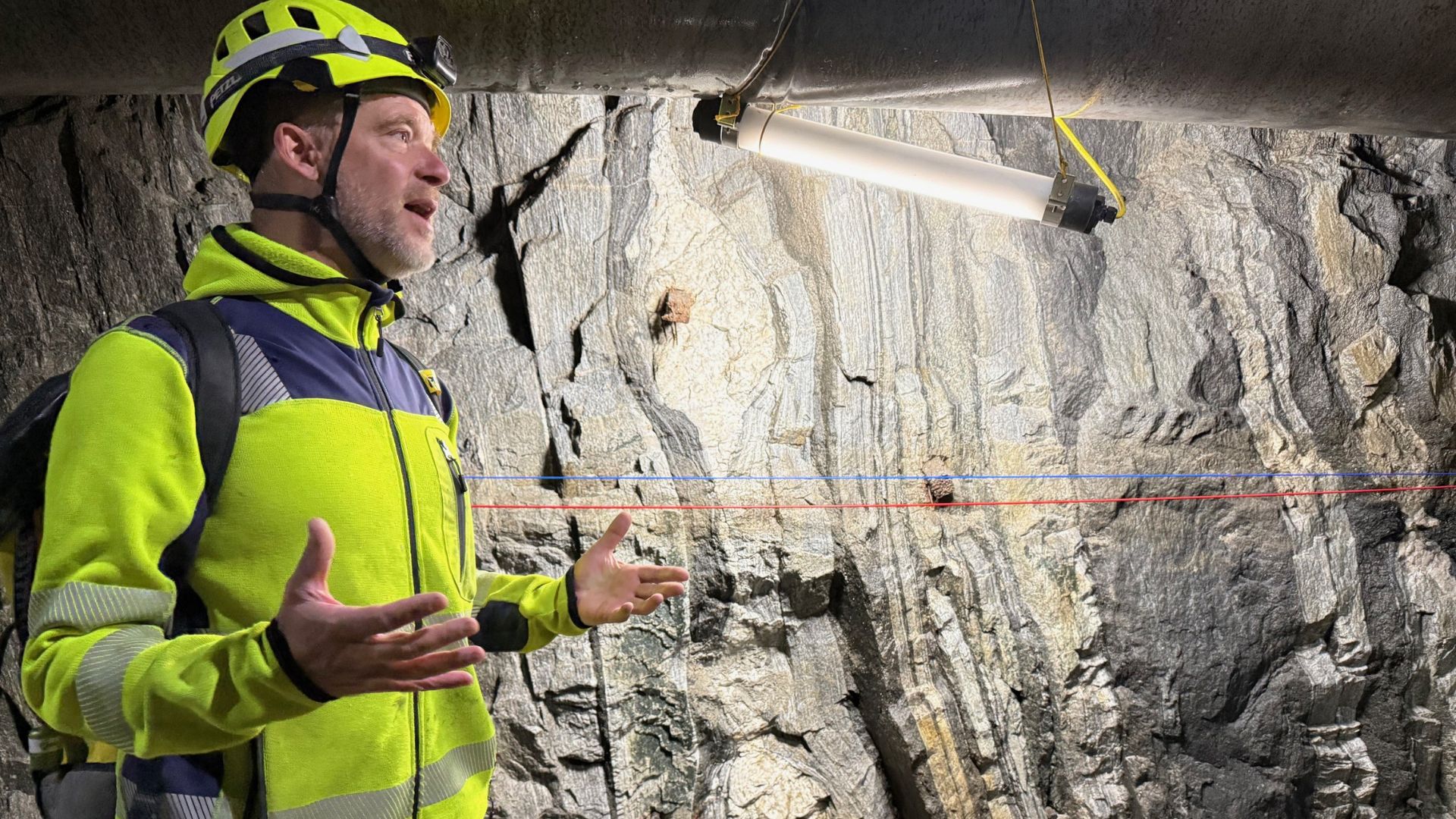
This speaks to a deeper challenge in seismology, as Massimo Cocco, Director of Research at Italy's INGV and another FEAR scientist, explains: ‘Every time we improve our monitoring, we constrain some processes — and discover more complexity. These are natural processes, but they are extremely complex. And complexity is not the same as complication. It means different processes acting together, competing with each other.’
Engaging the local community
Triggering earthquakes, however minor, may sound unsettling — especially in Switzerland, where natural tremors occasionally shake the ground. That is why the project integrated public engagement from the start.
The approach has been comprehensive, as Giardini explains: ‘People can visit the lab, see the rocks, and talk to researchers. That builds trust.’ The transparency has paid off — the BedrettoLab has become an asset for the region, even earning its own bus stop due to increased activity from visiting researchers.
Science in the service of society
While FEAR is frontier science, its implications go far beyond academic curiosity. Giardini, who has spent decades advising governments on earthquake preparedness, frames the work in stark terms:
‘Doing science has never been just about publishing papers. It's about giving governments and societies the knowledge they need to make life-and-death decisions and implement strategies for risk mitigation.’
Cocco is careful to clarify the project's aims: ‘One of the possible misunderstandings is that we are trying to predict earthquakes. We are not. Our real goal is to understand earthquake physics — and to improve how we assess seismic hazard.’
The challenge is immense. Earthquakes remain among the hardest natural phenomena to predict, starting kilometres underground and unfolding in systems of staggering complexity.
Cocco brings a sobering perspective from Italy, one of Europe's most seismically active regions: ‘The risk does not come from the earthquake itself — it comes from human action. Vulnerability is our responsibility. Earthquakes are natural events, but it's the fragility of our buildings, especially schools and historical heritage, that turns them into disasters.’
‘There will always be limits that we cannot reach,’ Giardini acknowledges. ‘But we can't hide behind the fact that we don't have enough knowledge, it's too difficult, it's too deep. If people die because we fail to apply what we already know, that's on us.’
A platform for the future
FEAR represents more than a decade of development, building on lessons learned since experimental work began in 2014. The project is designed not as a one-off experiment but as a platform for future research. The infrastructure at BedrettoLab is already attracting scientists from across Europe, eager to conduct experiments using its unique facilities.
The laboratory concept itself represents an evolution in earthquake science. ‘The idea is to create an underground laboratory where we can even test new instruments, new types of stimulation,’ explains Cocco. ‘It's not just about observing — it's about experimenting, improving, and preparing the ground for the next generation.’

‘Once you've shown that you can do this class of experiment, once you have the infrastructure and the team, other teams join and work with us, from all over the world,’ says Giardini. This opens what he calls ‘a new chapter in earthquake science.’
With their first full-scale magnitude 1 experiments scheduled for early next year, FEAR is poised to deliver insights that could transform understanding of earthquakes — and perhaps, one day, make societies safer when the ground begins to shake.
The grantees
Domenico Giardini is Full Professor of Seismology and Geodynamics at the ETH Zurich, Switzerland.
Florian Amann is University Professor and Chair of Engineering Geology and Hydrogeology at RWTH Aachen University.
Massimo Cocco is Director of Research at the Italian National Institute of Geophysics and Volcanology in Rome.
Stefan Wiemer is the director of the Swiss Seismological Service and Full Professor of the Seismology at the Department of Earth and Planetary Science at ETH Zurich, Switzerland.

